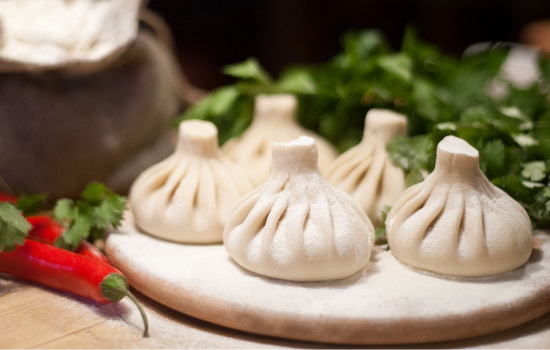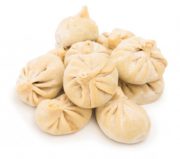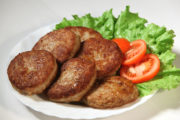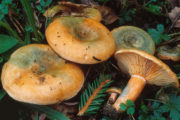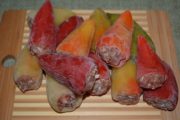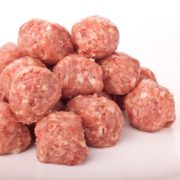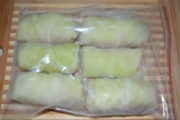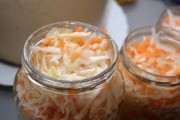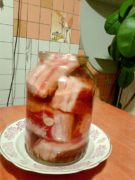Khinkali: tricks for preparing and freezing for future use
The Georgian dish, khinkali, has recently gained great popularity. Delicate thin dough, rich broth and aromatic filling can win the heart of any person. Today we’ll talk about how to prepare and freeze khinkali in our article.
There are many ways to prepare khinkali. This is due to the fact that the population of Georgia consists of different nationalities. The filling, appearance, and even the method of consumption may differ significantly, but the basic principle remains the same: a thin dough cake contains very juicy meat and broth.
Khinkali is both the first and second course. Literally three or four pieces are enough for an adult to be completely satisfied.
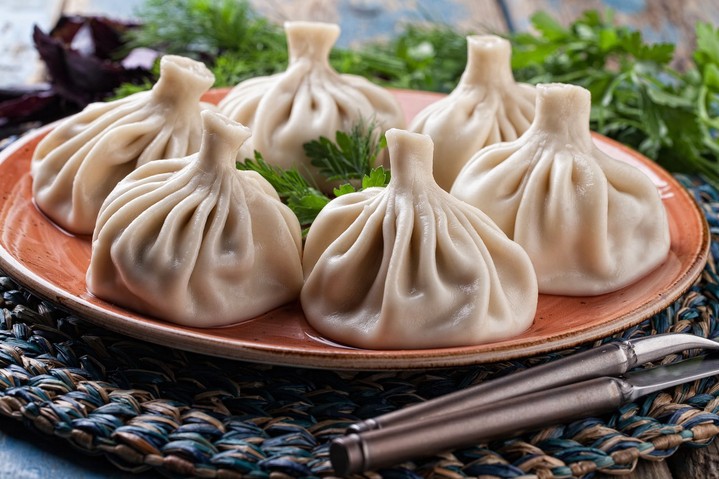
Content
Tricks for making khinkali
To make khinkali very tasty and juicy, take note of the following tips when preparing them:
- Meat for khinkali must be cut into small cubes by hand; in extreme cases, it must be rolled through a meat grinder.
- If you use a meat grinder for cooking, then for grinding you need to choose a grate with the largest cross-section.
- Real khinkali involve the use of beef meat in the filling, and the shepherd's method of preparing them involves the use of lamb.
- To prepare this dish, you must use meat products that have not been frozen before. The most delicious khinkali are made from fresh meat.
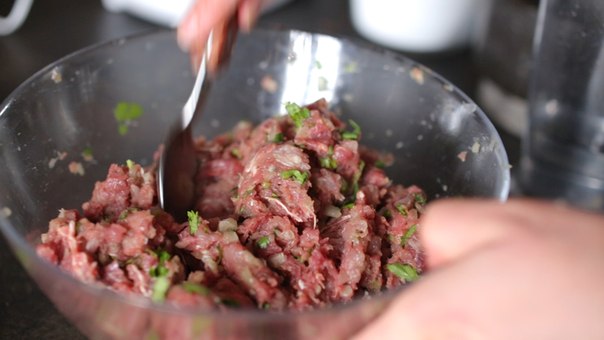
- A fairly large amount of onions is added to the filling. It gives the dish incredible juiciness.
- Traditional spices for Georgian cuisine are cumin, coriander, parsley, thyme, as well as the Khmeli-suneli seasoning.
- In order for the seasonings to reveal their aroma as much as possible, they are heated in a dry frying pan before adding to the minced meat.
- Dried spices and herbs can be replaced with fresh ones. Sprigs of mint, dill or parsley, sage or thyme leaves are ideal.
- For greater juiciness, you can add meat broth to the minced meat.
- To prevent the dough from tearing during the cooking process, maintain a 1:2 ratio of water and flour when kneading.
- The size of the dough circles for proper khinkali is from 10 to 12 centimeters in diameter.
- The traditional form for khinkali is a bag with a tail.
- To get the ideal number of folds (12 pieces), the dough piece is visually divided into 12 parts, like a watch dial, and then folds are formed. To secure, the top is rolled counterclockwise.
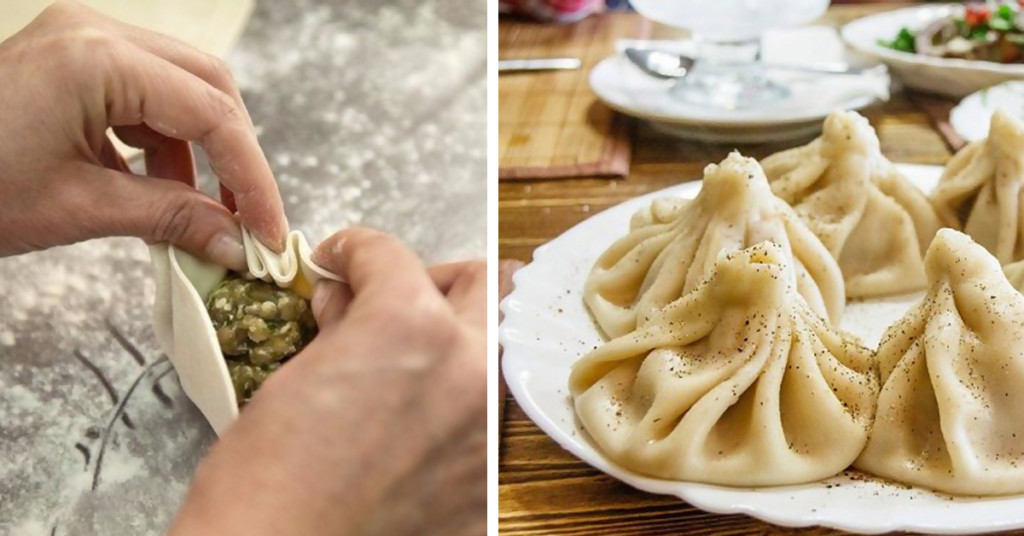
To learn how to prepare khinkali, watch the video from the channel “Cooking with Irina Khlebnikova” - Khinkali
How to freeze khinkali
If you get more minced meat and dough than required, then you can make khinkali from the leftovers and freeze them in the freezer.
To do this, cover a cutting board or baking sheet with cling film and sprinkle flour on top. Freshly molded blanks are placed on this surface. It is important that there is space between them. This is guaranteed to prevent the khinkali from sticking together.
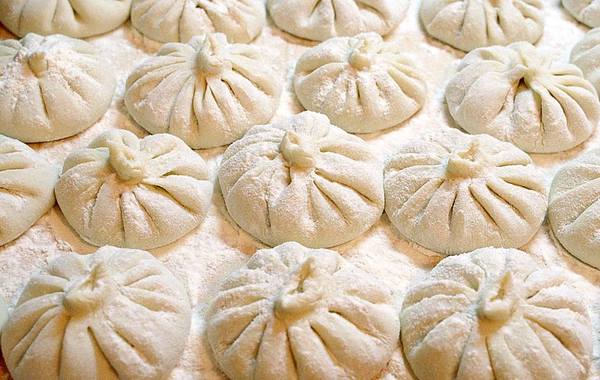
The board with semi-finished products is sent to the freezer for 6 - 8 hours. After the khinkali are thoroughly frozen, they are taken out and put into a bag. The hermetically sealed container is put back into the freezer for long-term storage.
How to cook raw and frozen khinkali
There are several cooking methods:
- In water. Khinkali is dipped in boiling water and cooked for 13 minutes. There is no need to cover the pan with a lid. When the khinkali float to the surface and turn tail down, the dish is ready!
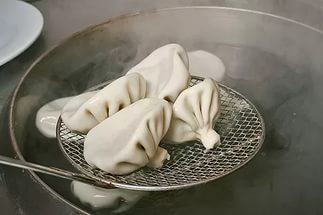
- For a couple. The steamer container is pre-lubricated with oil, the product is placed at a short distance from each other, and cooked for 15 minutes from the moment the liquid boils in the steamer.
- Fried khinkali. First, fry the raw or frozen product in a frying pan until golden brown, then pour in a small amount of water and bring the dish to readiness under the lid.
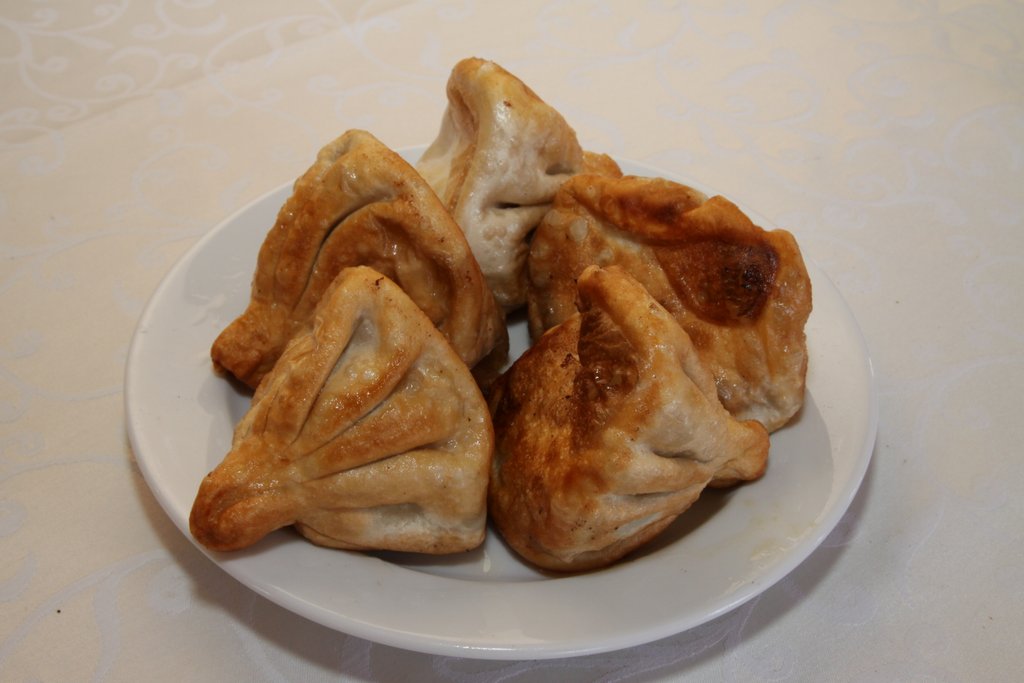
Frozen khinkali prepared by any of the above methods take 2 to 3 minutes longer to cook than raw ones.
Watch the video from Marina Golovkina - How to cook khinkali master class from chef Ilya Lazerson
Shelf life of khinkali in the freezer
The shelf life of the semi-finished product in the freezer is up to six months. The main condition for this is maintaining a stable temperature. The optimal value is -16…-18ºС.
